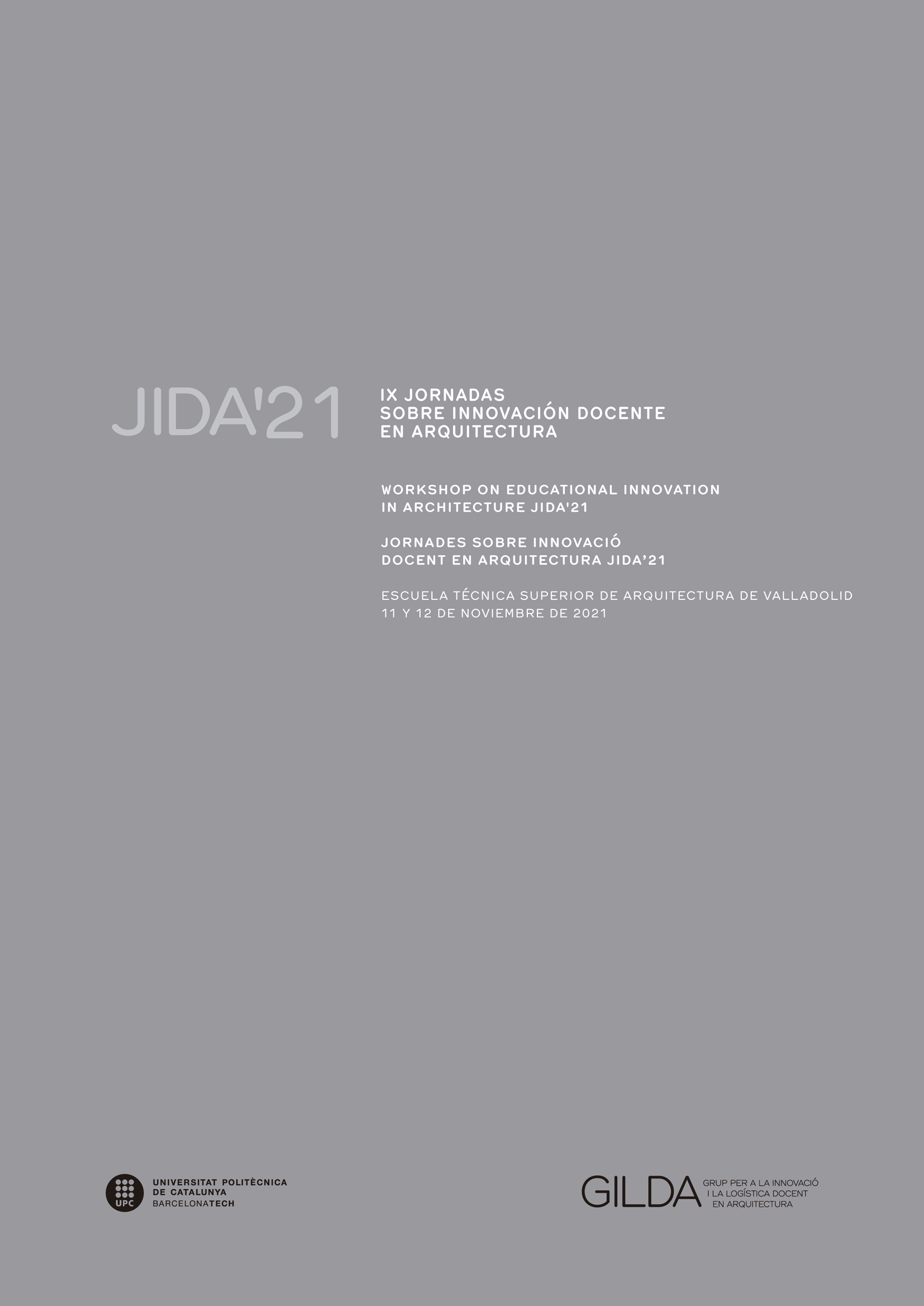The Common Pot: an architectural ethnography.
DOI:
https://doi.org/10.5821/jida.2021.10499Keywords:
common pot, architectural ethnography, fieldwork, drawing, architecture researchAbstract
In a context of crisis characterized by the global pandemic and the State of Exception, a spatial practice of historical basis and associative tradition among popular communities in Chile resurfaced: la Olla Común (Common Pot). Using a framework defined from the methodological cross between architecture and ethnography, the students of the research studio, developed an exploration in these organizations, from the realization of fieldwork for a period of 12 weeks, which allowed them to participate in the everyday life of the people. In this instance, various techniques were applied such as: participant observation, interviews and surveys, which were complemented with the tools of our discipline, such as architectural representation systems. This approach sought to retake a tradition of working with actors, communities and neighborhoods, but this experience also introduced students to qualitative research in architecture.
References
ABÁSOLO, J. (2021). "El Arquitecto como Etnógrafo. Trabajo de campo y representación en las investigaciones de Kon Wajirō, 1917-31." en Revista Indexada De Textos Académicos, vol.15 p. 116-125.
CAUSEY, A. (2017). Drawn to See. Drawing as an Ethnographic Method. Toronto: University of Toronto Press.
GALLARDO, B. (1985). Las Ollas Comunes de La Florida como experiencia de desarrollo de la organización popular. Santiago de Chile: Programa FLACSO.
GALLARDO, B. (1987). El redescubrimiento del carácter social del hambre: las ollas comunes. Santiago, Chile: P.E.T.
GUBER, R. (2011). La etnografía. Método, campo y reflexividad. Buenos Aires: Siglo XXI Editores.
GARCÉS, M. (2002). Tomando su sitio. El movimiento de pobladores de Santiago, 1957-1970. Santiago de Chile: Ediciones LOM.
HARDY, C. (1986). Hambre + Dignidad = Ollas Comunes. Santiago de Chile: Programa de Economía del Trabajo, Academia de Humanismo Cristiano.
KAIJIMA, M.; STALDER, L.; y ISEKI, Y. (2018). Architectural Ethnography. Tokyo: TOTO Publishing.
KALPAKCI, A.; KAIJIMA, M.; y STALDER, L. (2020). “Einführung.” en ARCH+, vol.52, no 238, p.3
LEFEBVRE, H. (2013). La producción del Espacio. Madrid: Capitán Swing.
PORTAL, F. (2019). “La Bienal de Arquitectura y la implantación del Neoliberalismo. La paulatina transformación de la profesión del arquitecto en Chile, 1977-1983” en Revista Indexada De Textos Académicos, vol.12 p. 132-139.
TOBERT, N. (2000). Anegondi: An Architectural Ethnography of a Royal Village. New Delhi: Manohar Publishers.






















